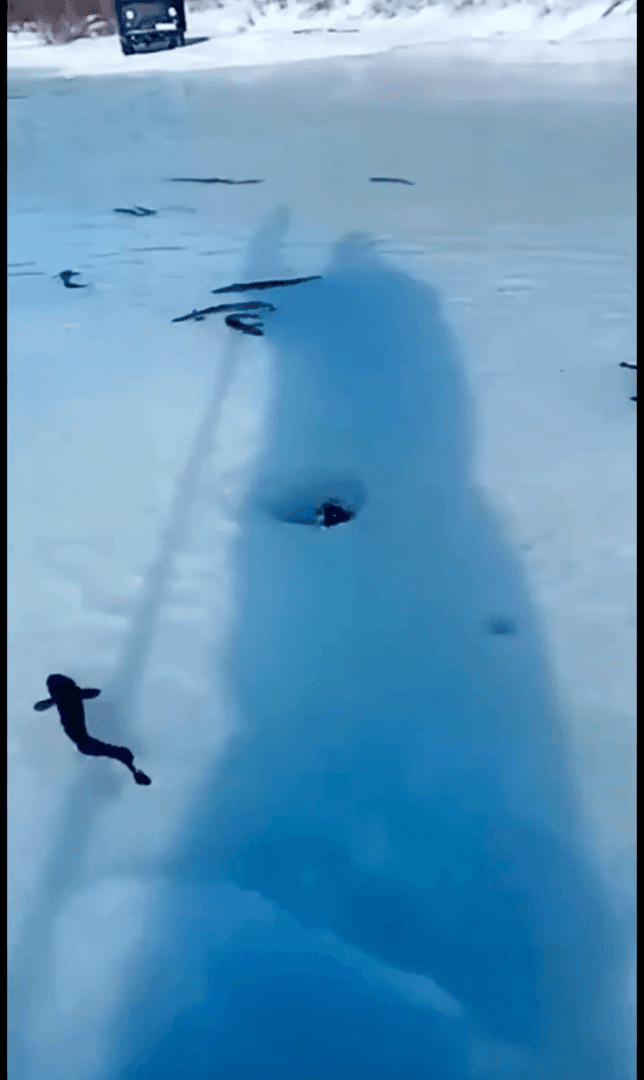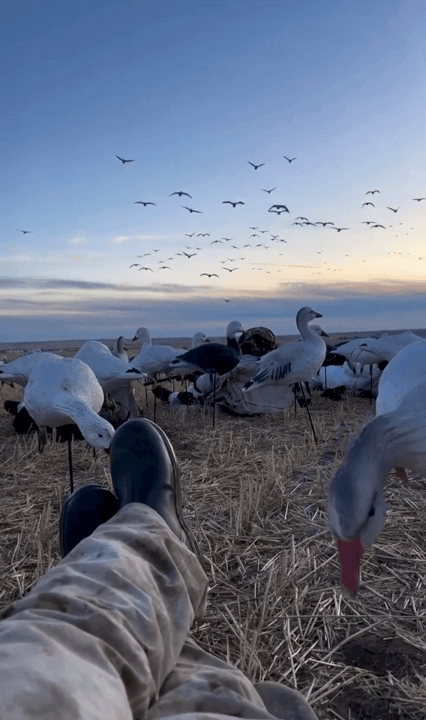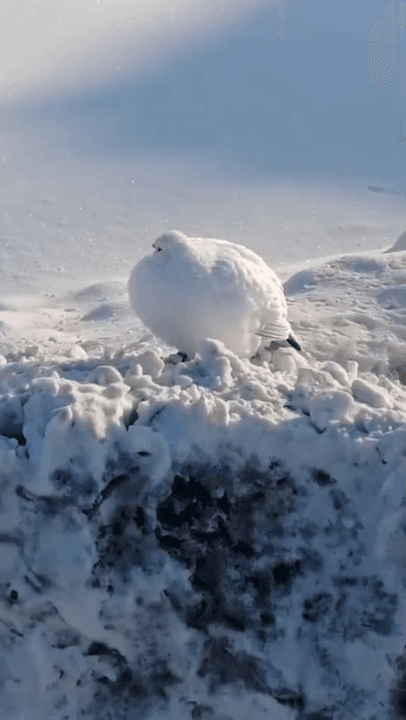
Hunting in Isle of Man, Crown Dependencies: hunters and demographics of the region, types of hunting and hunting animals, hunting legislation Geographical and natural features of the region The Isle of Man is a small island with an area of about 572 square kilometers, with a diverse landscape including mountains, hills, forests and coast. Mount Snafell, with a height of 621 meters, is the island's highest point and a popular hunting spot. Its slopes are covered with moorlands and forests, which creates ideal conditions for hares and woodcocks. The island's climate is temperate, with mild winters and cool summers, which makes hunting comfortable for most of the year. Due to its unique ecosystem, the Isle of Man is home to many species of wildlife, which attracts hunters from all over the world. Hunters and demographics of the region Hunting on the Isle of Man has a long tradition, and the local population is actively involved in this type of activity. It is estimated that t
Post: 28 May 12:30














































